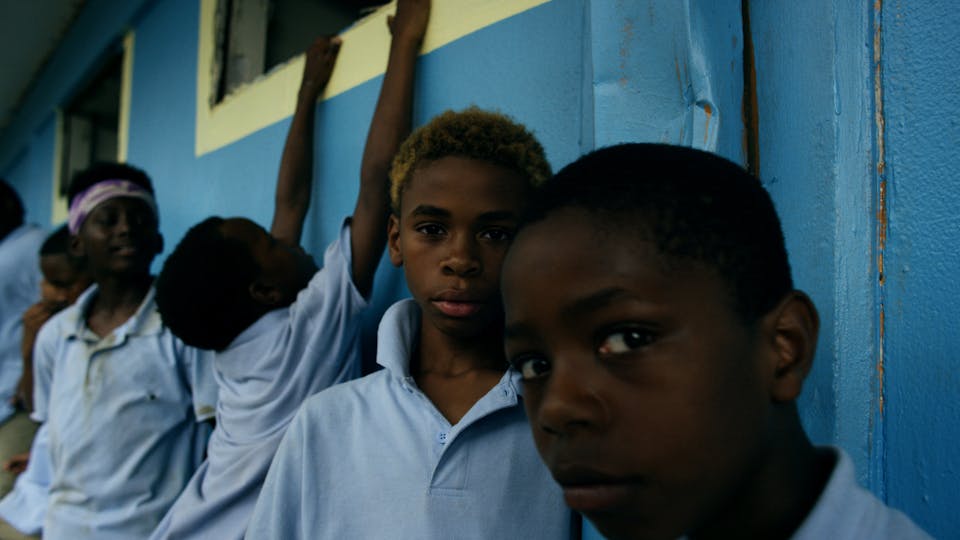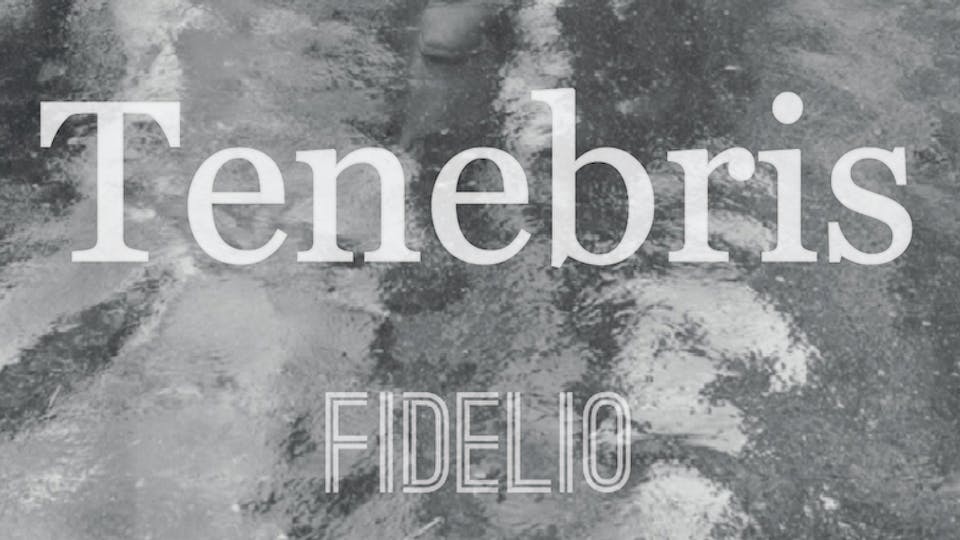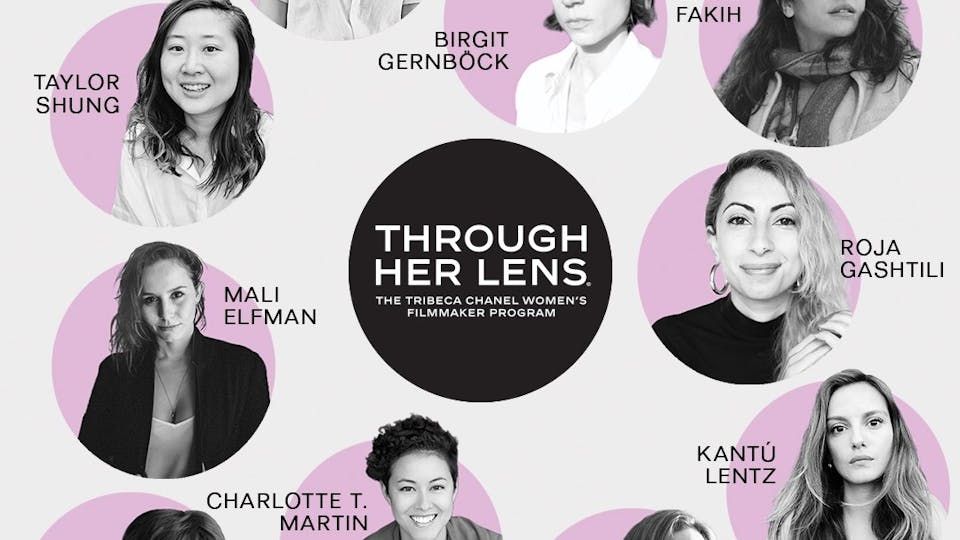5 Major Influences From James Spione

Premiering today at the Tribeca Film Festival, Silenced (Gucci Tribeca Documentary Fund alum), the latest film from Oscar-nominated filmmaker James Spione, looks at whistleblowing in a post-Snowden era as Spione delves into the lives of Thomas Drake and John Kiriakou—two men who were charged under the Espionage Act of 1917 for the information they revealed about our government post 9/11—and Jesselyn Radack, the advocate who brought their cases to light.
Here Spione give us insight on how he went about making his film, through giving us five things that inspired his filmmaking.

Documentaries
There are so many wonderful nonfiction films that have inspired me to become a documentarian. One that just completely bowled me over the first time I saw it was Rob Epstein’s The Times of Harvey Milk, an incredibly moving tribute that beautifully constructs a portrait of a uniquely driven, passionate individual and in the process opens a window onto a moment in time of a larger political movement. In Epstein’s film, the tragedy of this one man’s fate stands in for something much greater, the struggle of a generation of oppressed people to overcome hatred. Errol Morris’ Fog of War is an absolutely fascinating puzzle of a portrait film, a multi-layered character study that also happens to take us on a journey into the hell of war and America’s deep culpability for decades of violence in other lands. That idea of finding complex and engaging characters who can take us dramatically into the realm of political ideas, that is crucial for me. The emotional experiences of interesting subjects can open up a window on the more cerebral issues for the audience in a very human and relatable way. That was my goal with Silenced, and luckily I found three very compelling, articulate, strong characters—Thomas Drake, Jesselyn Radack and John Kiriakou—who, in recounting their personal narratives, together paint this larger picture of how 9/11 has radically changed the inner workings of the U.S. government in profound and lasting ways
Journalism
I certainly wouldn’t have become aware of the plight of whistleblowers without first having read stories by journalists who for years were investigating and highlighting the unfolding trend of the executive branch targeting government “leakers,” and of the general expansion of the post-9/11 national security state. These include not just some fine mainstream reporters like Jane Mayer of the New Yorker (one of the first to highlight Tom Drake’s plight), Dana Priest and William Arkin at the Washington Post, and James Risen of the New York Times, but also more dissident critical voices like Glenn Greenwald (now famous for helping to publish the Edward Snowden material) and ex-Times correspondent Chris Hedges. A few years ago, some of my friends thought Greenwald and Hedges were just too extreme in their withering critiques of the hypocrisies and dangerous overreach of the American security state; today, given the alarming revelations documented in the Snowden material, these guys are beginning to seem more like prophets.

Hollywood Political Thrillers
There are many elements to the stories of the whistleblowers in Silenced—the individual challenging the machinery of a powerful state system, not knowing who to trust as a friend, the concealment of damaging information, the unexpected double-crosses—that are classic cinematic tropes in many a fiction film. One of my favorites of this genre is still Alan Pakula’s All the President’s Men, about reporters Bob Woodward and Carl Bernstein uncovering the Watergate story, which after nearly 40 years still holds up remarkably well. In its low key realism—the film seems to be lit entirely by fluorescent light fixtures, the actors chatter over each other in the big meeting scenes, and the movie doesn’t even have a music score—it almost feels at times like we’re watching a documentary. Amazingly, it’s a film about phone calls and note pads and typing on clunky old typewriters, about the diligent and painstaking work of finding information, and yet the whole thing is just incredibly suspenseful. There is a long take midway through, where Robert Redford is getting critical information on the phone, and frantically scribbling notes, it’s just a simple unbroken close-up of Redford reacting to the information he is getting, and I still say that is the best moment of Redford’s entire career. I thought about this a lot while making Silenced, because that is something that the experiences recounted by Drake, Radack and Kiriakou have in common: the ringing of a phone or the unexpected email that suddenly can change your life. In fact, my film begins with a telephone call. In Silenced, however, these ordinary communications start to take on an almost sinister feel, as each of these people begin to discover that the world around them is far darker than they had imagined. In this regard, it is more akin to another genre…
Film Noir
Certainly when I was preparing to do these stylized re-enactments of what Jesselyn Radack, Tom Drake and John Kiriakou experienced post-9/11 inside the government, I thought about the depiction of this type of story in the classic noirs of directors like Jacques Tourneur, Orson Welles, Edward Dmytryk and Billy Wilder. Obviously the tales recounted in Silenced aren’t quite as over-the-top as the corruption-filled, shadowy, German Expressionist-inspired underworlds created by Hollywood’s legendary writers and directors in films like Touch of Evil and Out of the Past—but then again, maybe they are. Part of the point of Silenced, which is hammered home again and again as the subjects recount their stories, is just how extreme some of the national security policies of the United States have become in the past decade. In the dramatic re-enactments, I wanted to give audiences a sense of being taken into this very dark place where we are not usually allowed to go, a journey into the shadow side of the United States, its heart of darkness. The decision to render this world in cold black and white in a way is my nod to the noir genre.

Baroque Painting
Before I went to film school I studied fine art for years, and sometimes when I am looking for a model for a visual design or mood in a film I still turn to the great painters. There is so much inspiration to be found in how visionary artists created their imagery. One day while we were doing some creative planning for the reenactments, I surprised my director of photography John Molinelli with a slide show of paintings by the turn-of-the-17th-century master Caravaggio. His gorgeous, incredibly dramatic chiaroscuros were really instructive for the kind of high key, single focused light source look that we were going for in the shadowy world depicted in the reenactments. It was a lot of fun, actually, kind of like going back to art school, only this time I got to be the teacher! The influence of those paintings is especially noticeable in the film’s few fleeting images of waterboarding.
[Photos (top to bottom): Still from Silenced, director James Spione, All The President's Men, Touch of Evil]






